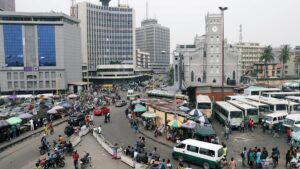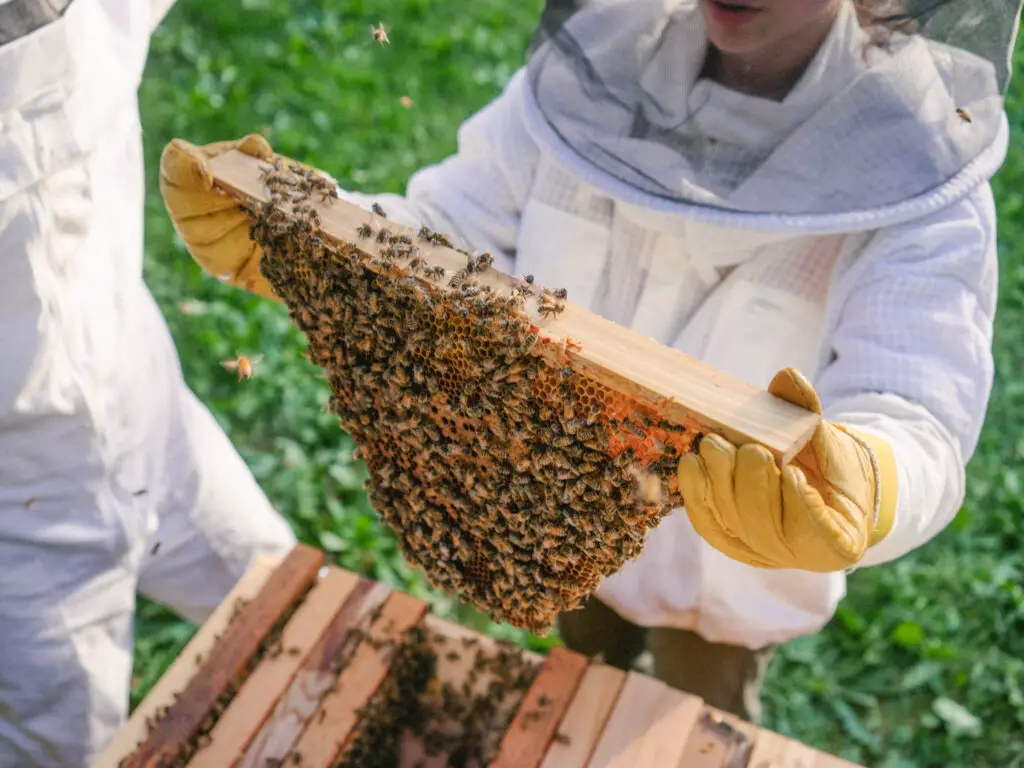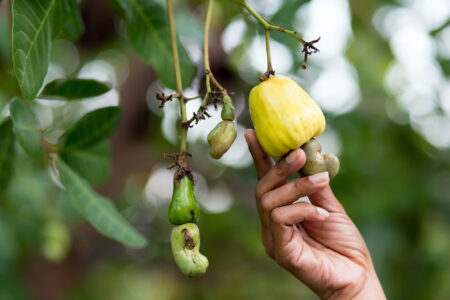Beekeeping and horticulture in Tanzania are a multimillion-dollar industry but even though the country is endowed with suitable environment for the thriving of both industries, there is need for increased investment in adoption of modern agriculture technologies.
Tanzania beekeeping industry alone is estimated to generate about US$ 1.7 million each year from sale of honey and beeswax. In rural Tanzania, it employs about 2 million farmers, which is a very small number considering Tanzania has a population of over 60 million people.
However, for a country that is endowed with over 33.5 million hectares of forests and woodlands all with ideal conditions for developing a vibrant beekeeping industry, there is need to attract foreign direct investment in the industry and horticulture in Tanzania
- Tanzania beekeeping industry alone is estimated to generate about US$ 1.7 million each year
- Investment uncertainties affecting adoption of modern agriculture technologies in Tanzania
- There is need for foreign investment in beekeeping and horticulture in Tanzania
In an earlier publication we pointed out that, the beekeeping industry is on the decline. “In 1976, Tanzanian exports averaged 368 tons of beeswax and 467 tons of honey. Two decades later, in 1996 beeswax exports dropped to 359 tons.”
When you look at performance of honey exports during this same period then you get to see the true disparity of the situation. From exporting 467 tonnes of honey per year in 1976, Tanzania exported a mere 2.46 tons in 1996 (Tanzania Customs Department, 1997).
In the span of 20 years, honey export dropped from 467 tons to 2.5 tons loosing an average of 4.5 tons per year.
Also Read: The 1.7M dollar buzz from the bees in Tanzania
Can improved technology improve beekeeping?
In a paper titled ‘Comparative Economic Analysis of Beekeeping Using Traditional and Improved Beehives in the Miombo Woodlands of Tabora and Katavi Regions, Tanzania,’ researchers emphasize that while there is need to accelerate adoption of improved technologies in agriculture and related value chains efforts thus far have been futile.
Factors for the low adoption rate surround the lack of sector information. For example, the researchers point out that there is ‘uncertainty among potential adopters with respect to potential gains vis-à-vis the cost of adoption.’
Other factors include the cost of adoption and use of modern agriculture technology and lack of adequate knowledge on how to use modern agriculture technology when it is available.
Introduction of modern agriculture technologies in beekeeping is expected to enhance efficiency along with beekeepers’ earnings and welfare in Tanzania. This is because about 99%, beekeeping in Tanzania is done by small scale beekeepers who use traditional beehives made of logs, barks and guards.
Even the harvesting process is very rudiment using fire and smoke to keep bees away, a hazardous trade especially considering that most traditional beehives are kept high on trees.
However, researchers warn that “…this practice is associated with low productivity, poor product quality and has been declared as environmentally unfriendly and even a threat to the sustainability of bee colonies.”
On the other hand, the adoption of modern agriculture technologies like modern beehives has been proven to be more effective in conserving the environment and the bee colonies themselves making modern agricultural technologies more sustainable in beekeeping.
In developing agriculture in Tanzania, bees are vital in climate change mitigation and while economies around the world look to adopt green economy approaches to production, beekeeping and horticulture should be emphasized as a vital element climate change mitigation.
Where bee keeping is vibrant, then vegetation also thrives because bees pollinate crops, hence the need for increased investment in horticulture. By investing in beekeeping, governments are directly helping mitigate the effects of climate change by helping forests and other vegetation grow.
As bees pollinate vegetation and forests grow, then a country’s CO2 footprint is lowered, beekeeping in this sense is a cost effective approach to climate change mitigation.
If not for the lucrative returns and much needed foreign exchange and increasing crop production through pollination then at least we should invest in beekeeping for the sake of promoting and improving biodiversity.
Also Read: Angola’s honey and its untapped potential
Tanzania legislature to support beekeeping
The government of Tanzania has taken initiative to revive and develop beekeeping. For starters, the government has enacted enabling laws like the National Beekeeping Programme and the Beekeeping Act No. 15, (2002) The Beekeeping Act No. 15 of 2002.
The Act is meant to, among other things, improve the quality and quantity of bee products, prevent and eradicate bee diseases and bee pests, and to improve revenue collection. Then you have the National Forestry Policy (1998) which provides opportunities for beekeepers to practice beekeeping in forest reserves.
It doesn’t stop there, you also have the Wildlife Policy of Tanzania (1998) which encourages beekeeping in Wildlife Management Areas (WMA). It provides special permission for beekeeping in game reserves and game controlled areas.
Finally you have the Village Land Act (1999) that supports community based natural resources management and empowers the community at the village level to be allocated land for beekeeping.
With such enabling laws, what is hindering the development of beekeeping and horticulture in Tanzania is the lack of foreign investment. Also considering the nation’s blue economy ambitions, horticulture will help Tanzania mitigate climate change.
How it stings: Challenges in the beekeeping sector
Lack of information: There is little knowledge about the financial and environmental benefits of beekeeping. As a result, most investors, local and foreign, choose other agricultural sectors leaving behind this highly lucrative industry.
Limited Modern Knowledge & Methods: Beekeeping in Tanzania is carried out using traditional methods that account for 99% of the total production of honey and beeswax in the country.
Approximately 95% of all hives are traditional made of logs and barks, reeds, gourds and pots etc. Now consider this, the average honey production of a modern beehive is between 35 and 45 kilogrammes per year; while the average production per a traditional beehive is only 5 kilogrammes.
Poor quality of bee products: Inadequate skills/knowledge to apply improved technologies affects production capacity. As a result, inappropriate technology in harvesting, processing, storage and packaging affects the quality and price.
Inadequate marketing of bee products: Inaccessibility to markets and lack of market information affects even the sale of the little amount of bee products that are produced further discouraging investment into the sector.
Just consider this, right next door in Rwanda, the total national honey production capacity is 4,500 tonnes, while the total national demand of honey is about 16,800 tonnes. That is a 12000 plus gap that Tanzania bee keepers can cover.
Case Study: Rwanda’s Visionary Political Will
As I pointed out earlier, Tanzania can learn from Rwanda where the Rwanda Agricultural Board (RAB) has established partnership with its counterpart the Rwanda Water and Forestry Authority for a joint use of state forests to increase honey production and youth involvement in apiculture.
Rwanda beekeeping industry was also failing with production plummeting from the highs of 5,000 tonnes in 2016 to 3,500 tonnes in 2017. With joint efforts, the government hopes to increase production to 9,000 tonnes per year by 2024.
Under Rwanda’s fourth Strategic Plan for the Transformation of Agriculture (PSTA4), ‘tree species that can be mixed with crops will be planted which is expected to contribute to honey production through diversifying vegetation from which bees can forage.’
Read: Ethiopia leads Uganda in honey production
This article was originally published on Dec.25.2021











